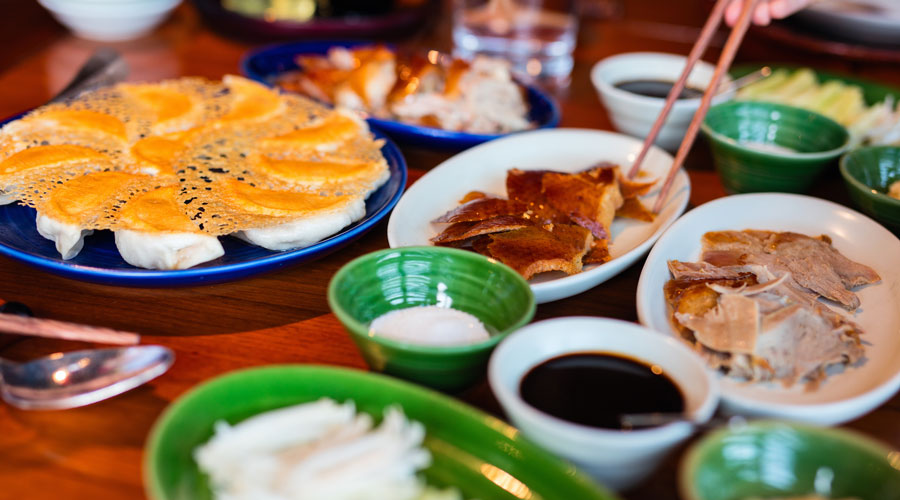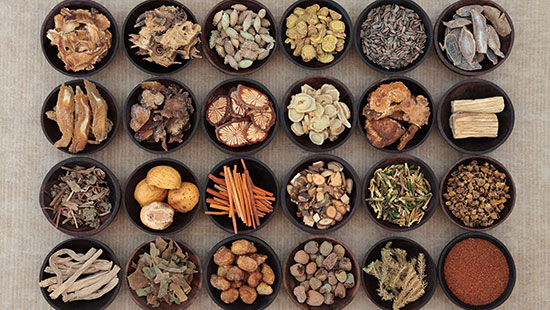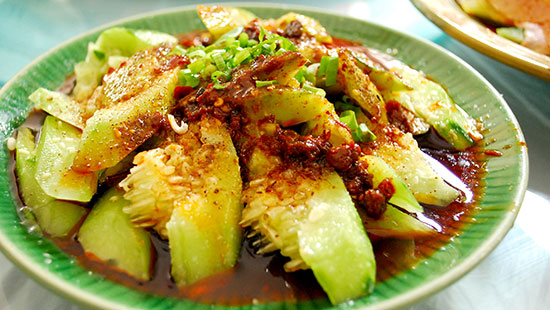
It’s Friday night and you’ve got a craving for some Chinese food. You call the restaurant, you pick it up (don’t forget the chopsticks!) and you enjoy a little taste of China. Maybe you even fantasize about going to China to taste an authentic egg roll or get a real fortune cookie. Whilst egg rolls and fortune cookies are important parts of the whole Chinese food experience, they’re not authentic. What many of us think of as Chinese food is an adaptation to our local ingredients and preferences. Here are a few differences to note.
Authentic Chinese Ingredients

Chinese food in America usually contains beef, pork, chicken, cheese, tomatoes, carrots and celery. Many foods are battered and deep fried and served over rice or noodles. Chinese don’t typically eat these things. Their ingredients are much more exotic and include sea animals, turtles, insects, snakes and vegetables like bok choy, white radishes, bamboo shoots and mung beans.
Food is Medicine

In China, ingredients are chosen for their ability to balance the body, heal injuries and treat disease. If someone is sick, it is believed that there is an imbalance that can be corrected with the right food. Unlike Westernized Chinese food that stays the same year-round, seasons and weather dictate what should be eaten in China to maintain optimal health and make use of seasonally available ingredients.
Cooking Methods

Just about everything you come across in China will be served hot. Even a plain glass of water is not served cold. Vegetables are always cooked (you won’t find a fresh salad) and very few things are ever deep fried. Instead, food is steamed, baked, boiled or stir fried with a little oil.
Examples of Authentic vs. Westernized Chinese Cuisine
- Chicken or Beef with Broccoli: Broccoli is not a native vegetable in China, and beef is rarely eaten. In China, you’re more likely to find something like shredded pork sautéed with mushrooms and peppers in garlic sauce.
- General Tsao’s chicken: The Chinese have no idea who General Tsao is or why his chicken is fried and covered in sauce. Instead, look for Peking duck paired with green onion, cucumber and hoisin wrapped in a pancake.
- Crab Rangoon: These are pretty much the opposite of what Chinese people would eat. Interestingly, many Chinese are lactose intolerant so they would never eat cream cheese, let alone stuff a wonton with it and deep fry it. Instead, look for steamed dumplings filled with pork or real crab meat and warm broth.
- Egg Rolls: Again, deep frying is a Western idea. Alternatively, an authentic Chinese starter would be a crunchy scallion pancake.
- Fortune Cookies: Instead of eating fortune cookies, the Chinese will finish a meal with a slice of fresh orange which is considered to be a symbol of abundance and prosperity.
Don’t be afraid to keep enjoying your Westernized version of Chinese food. Just take this list under advisement and if you come across some authentic cuisine like we’ve mentioned here, give it a try.
Or, maybe you should make a trip to China and go straight to the source instead!

